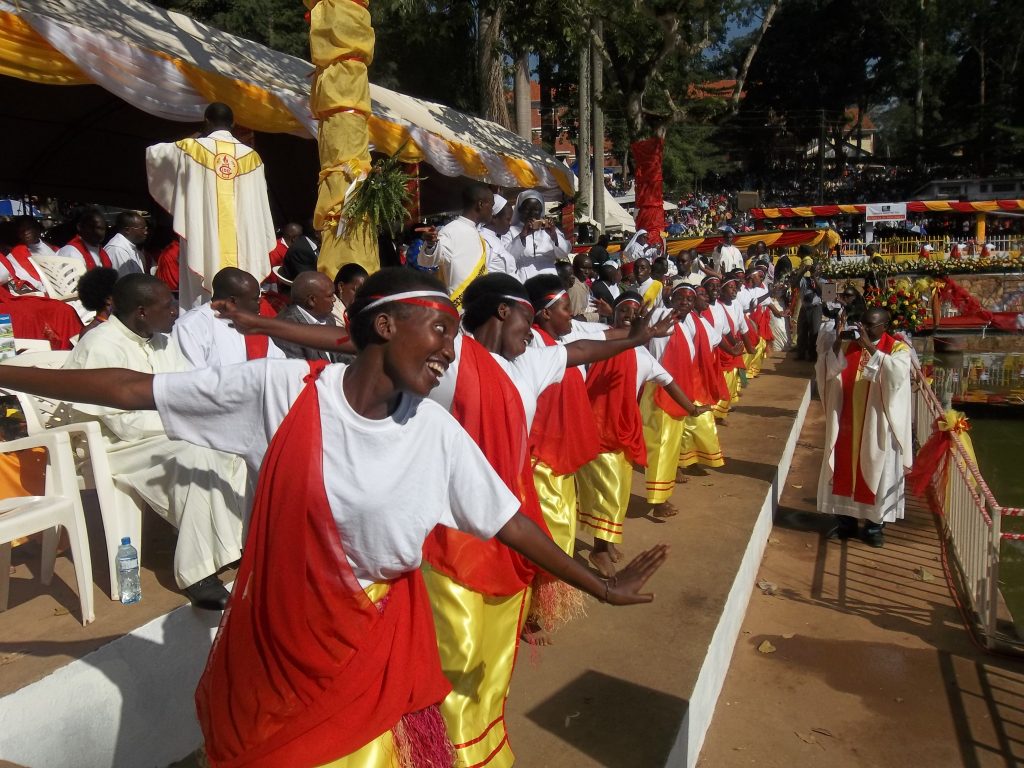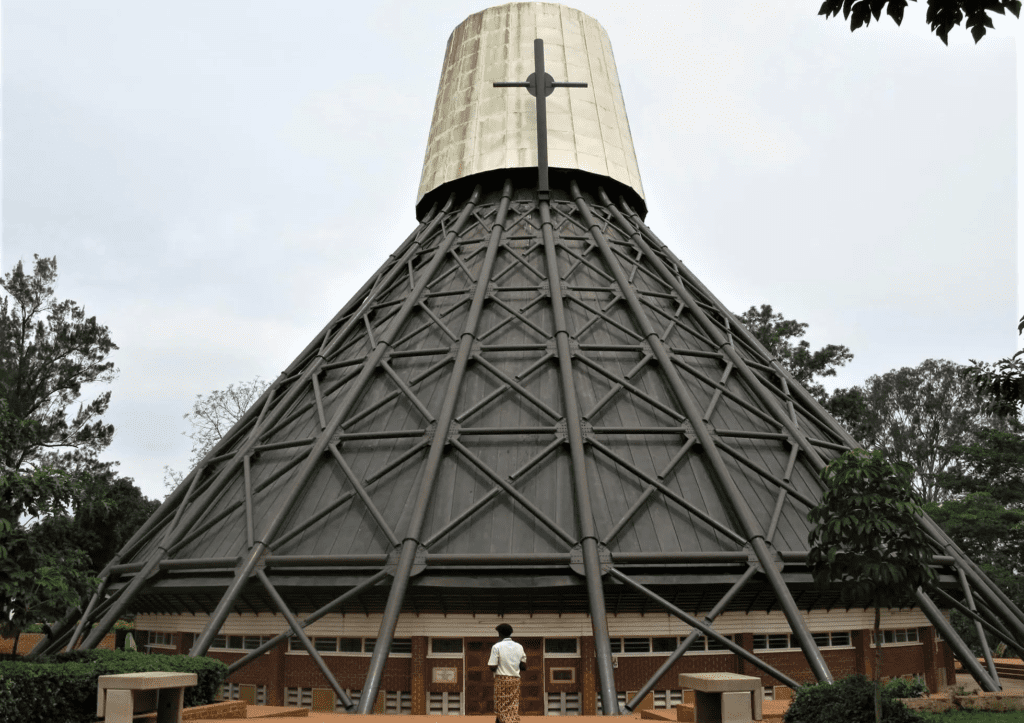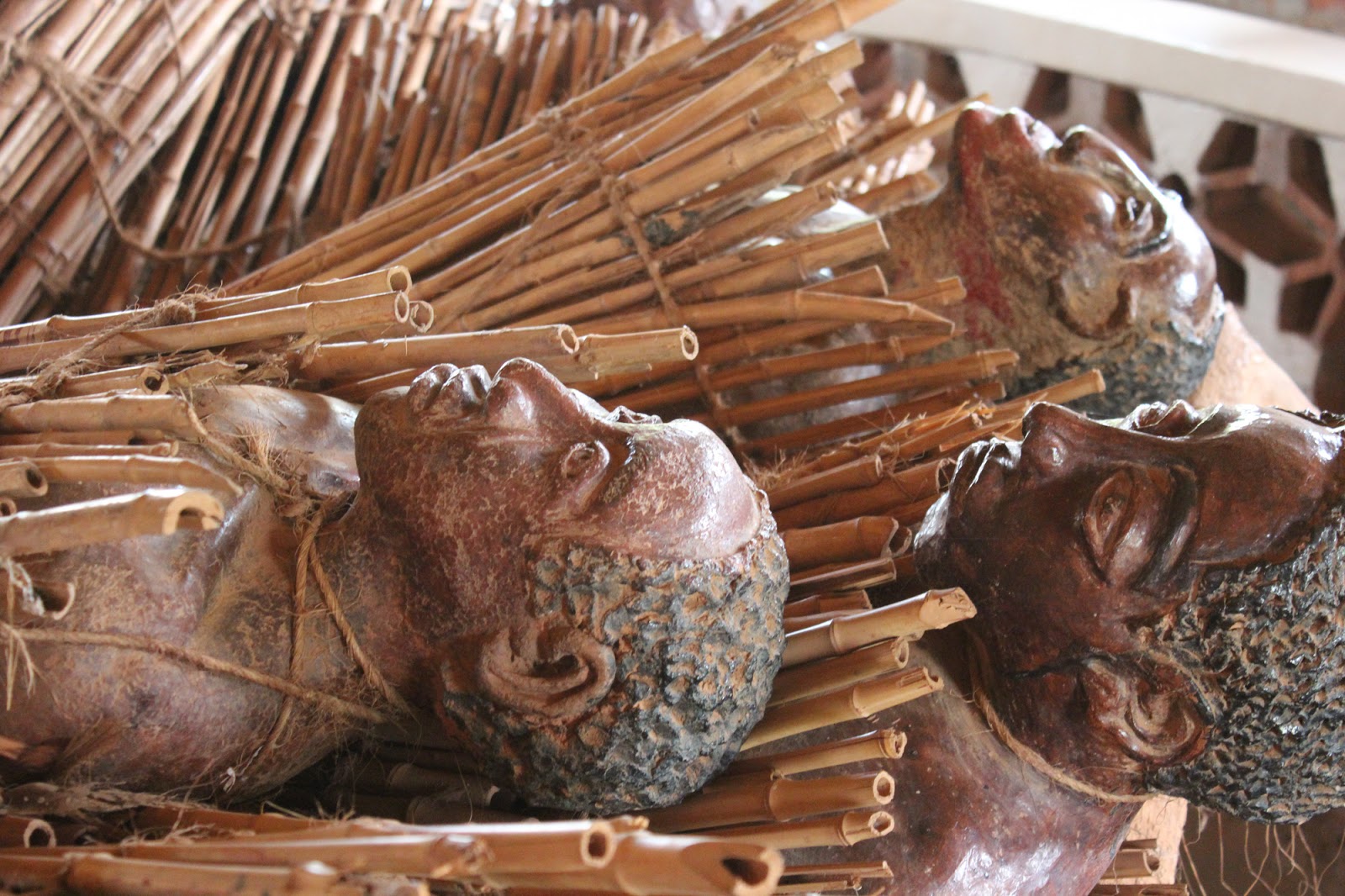Uganda Martyrs Day and the Namugongo Shrine: Faith, History, and Pilgrimage in the Pearl of Africa

About Uganda Martyrs Day and the Namugongo Shrine
Uganda, famously known as the “Pearl of Africa,” is a country of immense natural beauty and deep cultural and religious heritage. Among its most significant annual events is Uganda Martyrs Day, a spiritual and cultural pilgrimage that brings together thousands of believers from across the world. This globally recognized celebration takes place every year on June 3rd at the Namugongo Martyrs Shrine, located just 15 kilometers northeast of Kampala, Uganda’s capital.

This article dives deep into the history of Uganda Martyrs Day, the profound significance of the Namugongo Martyrs Shrine, the legacy of the 45 brave martyrs, and how this day has shaped Ugandan identity, faith, tourism, and international attention.
The Origins of Uganda Martyrs Day: A History of Faith and Courage
The story of the Uganda Martyrs dates back to the late 19th century during the reign of King Mwanga II, a time marked by colonial influence and sociopolitical upheaval. Young men, many of whom served as pages in the king’s court, began to convert to Christianity—both Catholic and Anglican—through the efforts of European missionaries. As Christianity spread, it clashed with traditional practices and the authority of the king.
King Mwanga II, viewing the growing Christian faith as a threat to his rule and the cultural traditions of Buganda, began a brutal persecution of converts. The first martyr, Mukasa Balikuddembe, was executed in 1885. This was followed by a wave of violence that climaxed on June 3, 1886, when 23 Anglican and 22 Catholic converts were burned alive at Namugongo for refusing to renounce their Christian faith. These young men, some as young as teenagers, displayed extraordinary bravery and commitment, choosing death over abandoning their beliefs.
Namugongo Martyrs Shrine: A Sacred Ground of Pilgrimage
Today, the Namugongo Martyrs Shrine stands as one of the most important Christian pilgrimage sites in Africa. The shrine is divided into two sections—Catholic and Anglican—each honoring the martyrs who died in defense of their faith. The Catholic Basilica of the Uganda Martyrs, shaped like an African hut with 22 pillars symbolizing the 22 Catholic martyrs, is a monumental piece of architecture and faith. The Anglican shrine, equally solemn and significant, also draws thousands each year.
The site is not only a place of worship but a historical archive. A museum at the shrine provides detailed accounts of the martyrs’ lives, the political context of the time, and the events that led to their sacrifice. Artifacts, photographs, and documents offer visitors a deeper understanding of this pivotal chapter in Ugandan and Christian history.
Uganda Martyrs Day Celebrations: Faith in Motion

Every year on June 3rd, the quiet hills of Namugongo transform into a vibrant sea of faith, music, color, and unity. Pilgrims walk from all parts of Uganda and neighboring countries like Kenya, Tanzania, Rwanda, the Democratic Republic of Congo, and beyond. Some walk for weeks, covering hundreds of kilometers in devotion and solidarity with the martyrs.
The day begins with solemn Masses and religious services held at both shrines. These services are attended by religious leaders, state officials, and thousands of pilgrims. Sermons reflect on themes of sacrifice, conviction, tolerance, and the power of unwavering belief. The mood is reverent yet celebratory. Traditional music, choirs, dancing, and cultural performances fill the atmosphere, turning the day into a festival of faith.
Vendors line the roads with religious items, crafts, local food, and memorabilia. It is both a religious and social occasion, strengthening Uganda’s tourism, economy, and interfaith unity.
Cultural and Social Impact on Ugandan Society
The legacy of the Uganda Martyrs and the Namugongo Shrine extends far beyond religion. Their story has become a symbol of national pride, resilience, and identity. The shrine and the day itself play critical roles in the country’s social and economic fabric:
- Interdenominational Unity: Despite doctrinal differences, Catholics and Anglicans commemorate this day together. It serves as a powerful example of unity and mutual respect in a region often divided by faith.
- Faith Education and Inspiration: Young Ugandans grow up learning about the martyrs as national heroes. Their story encourages moral strength, commitment to faith, and service to others.
- Boost to Religious Tourism: Namugongo is now a year-round destination for both local and international tourists. The annual influx of visitors significantly contributes to the local economy and positions Uganda as a key destination for faith-based travel in Africa.
- International Recognition: The Uganda Martyrs are recognized by the Vatican, with Pope Paul VI canonizing the 22 Catholic martyrs in 1964. Pope Francis‘s visit to Namugongo in 2015 further elevated the shrine’s global significance.
Why Visit Namugongo with Nextgen Safaris

Planning a pilgrimage or cultural tour to Namugongo Martyrs Shrine is a profound experience, and Nextgen Safaris Africa offers expertly guided tours that connect you with the spiritual, historical, and human depth of this sacred site. Whether you’re attending Martyrs Day on June 3rd or visiting the shrine at a quieter time, our tours are tailored to ensure a meaningful and smooth journey.
Combine your visit to Namugongo with unforgettable adventures such as:
- Gorilla Trekking in Bwindi Impenetrable National Park
- Wildlife Safaris in Murchison Falls or Queen Elizabeth National Park
- Cultural experiences in Kampala and beyond
Nextgen Safaris combines spiritual enrichment with adventure, making every trip to Uganda a life-changing experience.
Final Reflection: A Living Legacy of Faith and Courage
The Uganda Martyrs are not just historical figures—they are eternal symbols of faith, courage, and the human spirit’s capacity to stand firm in the face of oppression. The Namugongo Shrine is more than a destination; it is a living testimony to sacrifice, unity, and national identity.
Each year, Uganda Martyrs Day renews the spirit of a people and reminds the world of the power of belief. Through remembrance, pilgrimage, and prayer, Uganda honors its martyrs—not just in words, but in the enduring journey of faith they inspire.
Plan your journey to Namugongo with Nextgen Safaris Africa today. Whether you’re a pilgrim, historian, or curious traveler, the path to understanding Uganda’s soul begins here.
Recent Posts
Last Minute Deals
Quick booking process
+49 1575 4711313











